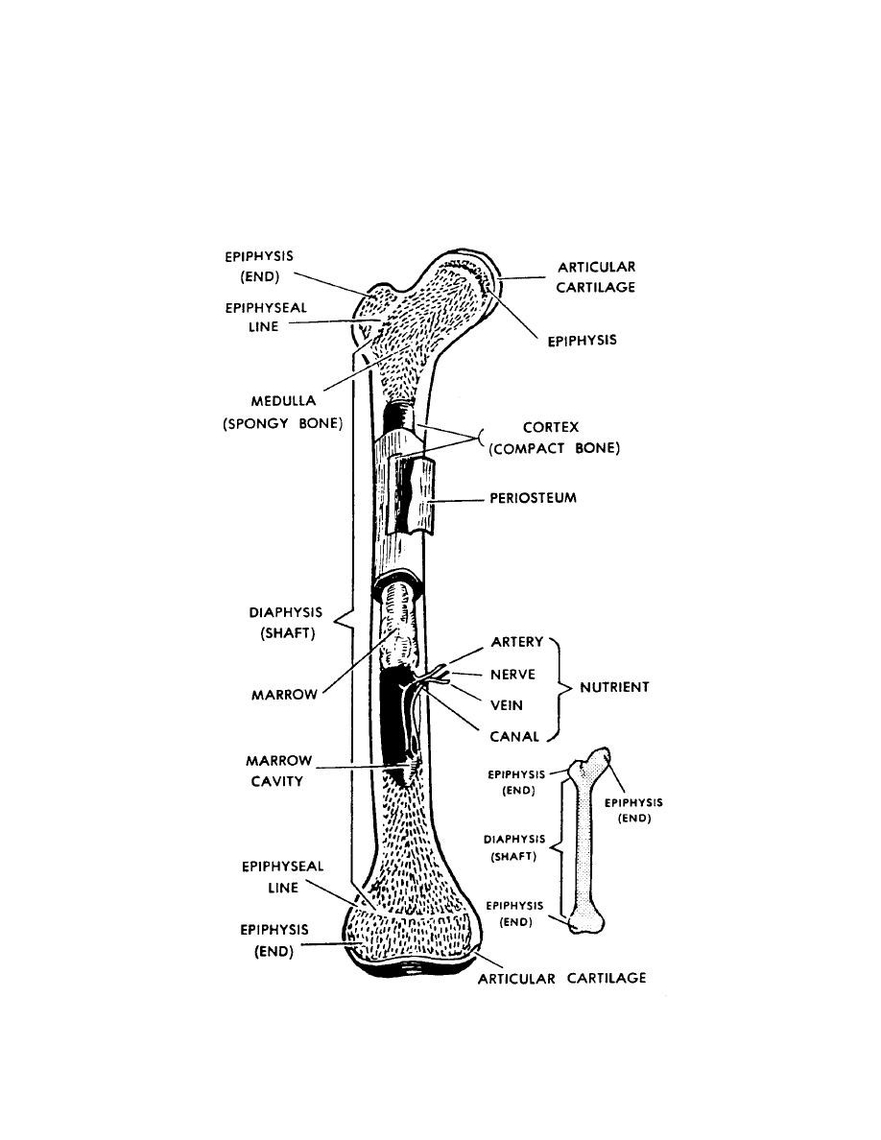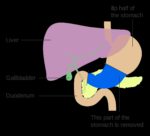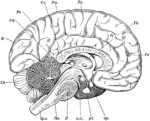The human body is a complex structure made up of many individual bones and cartilages that form a framework, providing support, protection, and enabling motion. The adult human skeleton consists of around 206 bones, which can be divided into two major divisions: the axial skeleton and the appendicular skeleton.
Axial Skeleton (80 bones)
The axial skeleton includes the head, facial, hyoid, auditory, trunk, ribs, and sternum. It forms the central core of the body and has the primary role of protecting the brain, spinal cord, heart, and lungs.
– Skull (22 bones): The skull protects the brain and supports the structures of the face. It consists of cranial and facial bones.
– Vertebral Column (26 bones): The vertebral column, or spine, is made up of 26 bones. It protects the spinal cord and provides structural support and balance to the body.
– Thoracic Cage (25 bones): The thoracic cage, or rib cage, includes the sternum and 24 ribs. It protects the heart and lungs.
Appendicular Skeleton (126 bones)
The appendicular skeleton includes the bones of the arms, shoulders, wrists, hands, legs, hips, ankles, and feet. It facilitates movement and interaction with our surroundings.
– Upper Limbs (60 bones): Each upper limb includes the humerus, radius, ulna, 8 carpal bones in the wrist, 5 metacarpal bones in the hand, and 14 phalanges in the fingers.
– Lower Limbs (60 bones): Each lower limb includes the femur, patella, tibia, fibula, 7 tarsal bones in the ankle, 5 metatarsal bones in the foot, and 14 phalanges in the toes.
– Girdles (6 bones): The pectoral and pelvic girdles connect the limbs to the axial skeleton. The pectoral girdle consists of the clavicle and scapula, and the pelvic girdle is formed by the hip bones.
In addition to these, the human skeleton also includes sesamoid bones, which are small bones embedded within tendons. The number of bones in an individual can vary due to anatomical variations, such as extra ribs or lumbar vertebrae.
The human skeleton is not static. It undergoes changes throughout a person’s lifetime. For instance, a newborn baby has about 270 bones, many of which fuse together as the individual matures.
In conclusion, the human skeleton is a marvel of biological engineering, providing structure, protection, and facilitating movement. Its complexity and adaptability underscore the intricate design of the human body..



